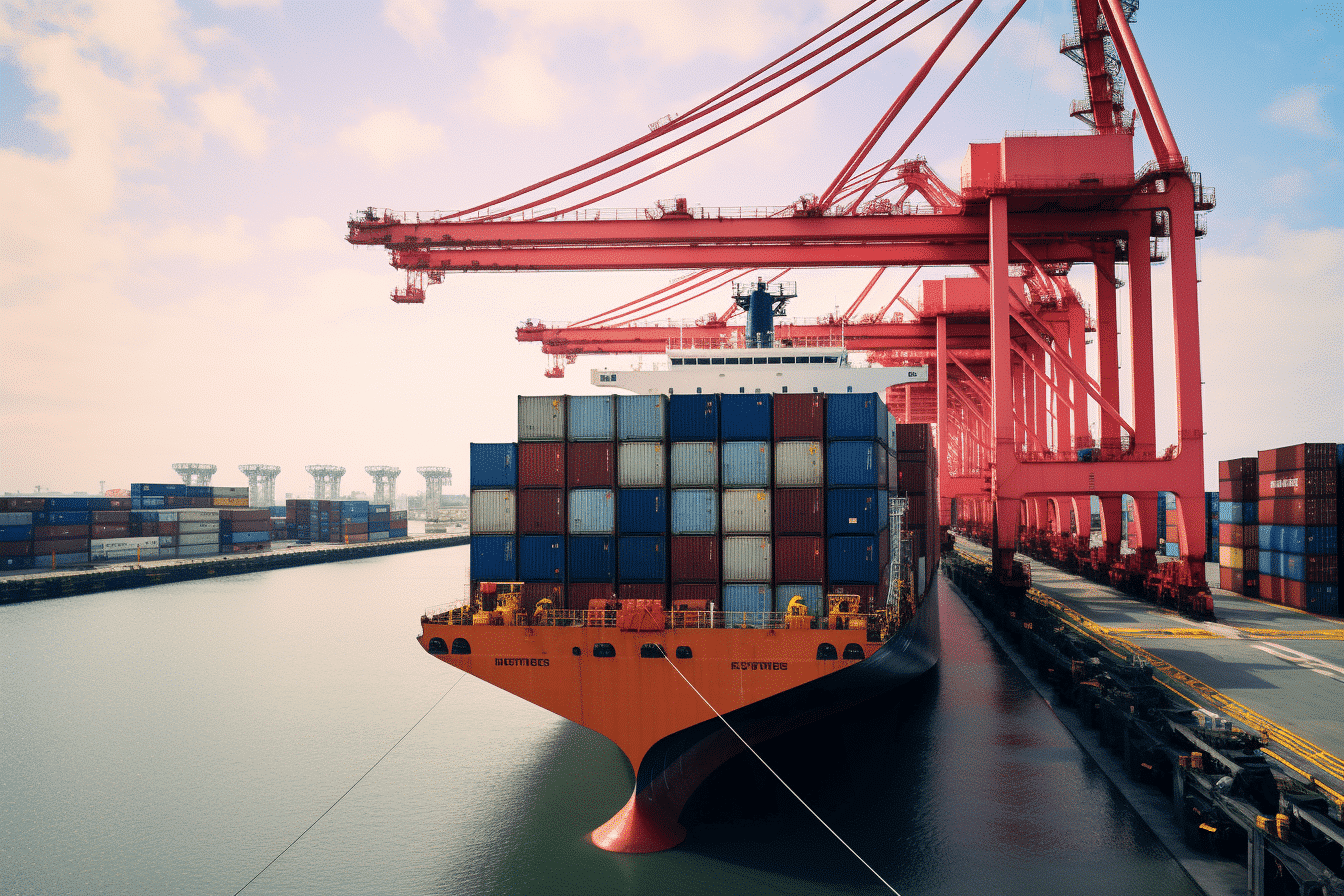In a landscape marked by escalating geopolitical tensions, the strategic maritime routes of the Red Sea have become a focal point of concern for global shipping corporations. The recent decision by Hapag-Lloyd, one of the world’s foremost shipping firms, to continue avoiding the Suez Canal route due to perceived dangers underscores the complexities international trade faces amidst regional conflicts. This article delves into the varying approaches of major shipping companies in navigating these troubled waters, highlighting the impact on global trade and regional economies.
Hapag-Lloyd ranked as the fifth largest shipping firm globally by capacity, has expressed clear reservations about resuming travel through the Suez Canal, a crucial juncture in global trade routes. Despite international military efforts to secure the area, the company cites the route as “too dangerous,” opting to continue rerouting its vessels via the longer Cape of Good Hope.
This cautious stance comes amidst threats from Yemen’s Houthi rebels, who, supporting Hamas in the Israel-Gaza war, have targeted vessels they believe are en route to Israel. The Red Sea, bordered by Yemen to the south, has witnessed attacks on shipping, including drone and rocket strikes by Houthi rebels.
In contrast, Danish giant Maersk has announced plans to resume its Red Sea operations. The Mediterranean Shipping Company (MSC) recently experienced an attack on one of its container ships in the southern Red Sea, yet managed to keep all crew safe, thanks to evasive maneuvers and coalition support.
The strategic importance of the Red Sea route, notably the Suez Canal, is underscored by its role in transporting consumer goods, oil, and liquefied natural gas. While safer, the alternative route around the Cape of Good Hope adds substantial mileage to journeys, potentially disrupting supply chains and inflating transportation costs.
Corporations like Ikea and BP have already felt the ripple effects, with Ikea predicting delays in product supplies and BP pausing crude shipments through the Red Sea. Maersk has cautioned that despite enhanced security measures, risks in the area persist, affirming their readiness to alter routes if necessary for crew safety.
Hapag-Lloyd has disclosed that around 25 of its ships face diversion, with delays varying based on destination regions. The impacts of these diversions are separate from the shipping industry; regional economies, particularly Egypt’s, are facing significant strain. Egyptian analyst Mohamed Ata highlights the country’s dependence on the Suez Canal for foreign exchange reserves, stressing that disruptions in canal traffic could severely affect Egypt’s economy during a global recession.
The situation in the Red Sea presents a complex challenge for global shipping companies, balancing the imperatives of safety, efficiency, and economic viability. As firms like Hapag-Lloyd and Maersk navigate these turbulent waters, their decisions have far-reaching implications, affecting the logistics industry, global trade dynamics, and regional economies. The evolving maritime security landscape in this vital trade corridor continues to demand attention and adaptive strategies from all stakeholders involved.




